
The Free Press

One year ago this coming Friday, Vladimir Putin invaded Ukraine.
Since then, Russia has lost an estimated 60,000 troops and suffered upward of 200,000 casualties; as many as 100,000 Ukrainian soldiers have been killed or wounded. On top of that, there are the tens of thousands of Ukrainian civilians who have been killed. That includes at least 400 children. Russian troops have raped and tortured countless Ukrainians.
The conflict has torn a huge, gaping hole in Europe, stoking fears of nuclear Armageddon and a vengeful Russia rebuilding the Soviet empire. It has also forced the West to concede that the “end of history” it once imagined in the wake of the 1991 Soviet collapse was a fantasy. That the future, like the past, will ultimately be dictated not by trade agreements but by force.
The United States, in 2022, funneled at least $68 billion to the Ukrainians in the form of military hardware and humanitarian aid—the first time since Harry Truman’s Marshall Plan, in the 1940s, that a European country has topped the list of U.S. aid recipients.
On Monday, President Joe Biden stopped in Kyiv for a visit with President Volodymyr Zelensky, pledging an additional $500 million in aid, including Javelin missiles and howitzer guns. “One year later, Kyiv stands, and Ukraine stands. Democracy stands,” Biden declared.
Through it all, award-winning photographer Lynsey Addario—who has covered, as she put it, “every war of this generation,” including Afghanistan and Iraq—has been there, capturing the bloodshed, the horror, and the resilience of countless Ukrainians.
Addario is known for her bravery—for taking pictures that were very dangerous to take but had to be taken. She has been kidnapped twice, in Fallujah, Iraq, in 2004, and in Libya, in 2011.
When The New York Times first asked her to cover the conflict in Ukraine, it was December 2021, the war had yet to break out, and she didn’t think it was going to happen. She said yes.
On Valentine’s Day 2022, after Russia had amassed 100,000 troops on its border with Ukraine, she left her London home, her husband, a former Reuters journalist, and her two kids, then ages 2 and 10.
This war, she said, is unlike any other she has covered.
Because it is in Europe, Addario said in an interview from home, “the world is really paying attention. Usually, I cover a story, and the public pays attention for a week or two weeks. This is a war that is in everybody’s interest.” She calls it “the fight for democracy, in that most people believe that if Putin is not stopped here, he won’t be stopped.”
Addario said that when she first arrived in Ukraine, Ukrainians were “sort of confused. ‘Wait, these are our brothers, and they’re trying to kill us?’ ” she said. “People were in shock at the beginning, because they realized that even sitting in their own homes, their own bedrooms, their own kitchens, they weren’t safe. Even if they’re far from the front lines, it doesn’t mean anything. There weren’t really front lines like there were in other wars.”
I asked her why she keeps going back.
“You know, I think the simple answer is, I believe in journalism,” Addario said. “I fundamentally believe that the role of journalists is to hold people like Putin accountable for his crimes for what he’s doing to civilians, innocent people, children, women, invading a sovereign country, to provide a historical record. And also because I think people around the world need to see and understand what is happening.”
With that in mind, I asked Addario to share some of the most searing images she has taken of the war with The Free Press. She sent me the eight photographs below.
Peter Savodnik: Tell me about this horrific image of the apartment building that looks like it’s been blown up.
Lynsey Addario: It was the second day of the war—February 25, 2022—and I had driven through the night into Kyiv, and the missile strike had happened that morning. Everything was very frantic and very chaotic. Nobody knew what the Russians would do. I went to this building, because it was hours after the attack which had happened that morning, and a lot of the civilians were there and picking through what they could salvage. It was jarring to me, even as a seasoned war photographer, to see the face of the building sheared off. You can only imagine what happened in that moment, who survives something like that.
Peter Savodnik: Tell me about this woman crying with the rifle.
Lynsey Addario: That’s Yulia. That was the day after the picture of the apartment building—so, it’s February 26, 2022. She’s a teacher. She has two sisters. She has a boyfriend. Her students ranged in age from 6 to 12.
Yulia had made the decision to sign up for the military, and it was day three of the war. She had been given a weapon and was about to be transferred to a base and start her official service.
She was crying because she was scared. She was resolved to fight for her country, but she was scared. I’ve been following her for a year. She was 29 in that picture. Now she’s 30. Her parents—they’re having a really hard time. Her mom is very emotional still. She thought that because she didn’t have any sons, she didn’t have to worry about any of her children getting killed. But obviously not.
Peter Savodnik: This image—the dead bodies on the road. This is somehow singularly shocking and awful.
Lynsey Addario: This was early March 2022. There was a huge bridge just outside Kyiv. That bridge had been destroyed by the Ukrainian military to stop the Russian advance into Kyiv. People were climbing over the debris to get out.
I made the decision to go and photograph civilians fleeing. There was sort of a steady stream—elderly, women, children, the sick. I went there early in the morning.
Very soon after I got there the mortar rounds started coming in. Something felt very tense. The first round came in about 200 meters from us. I assumed they would not target civilians, women, and children, and that was obviously very naive.
Within minutes, several rounds came in, each one closer than the one before.
There was literally a stream of people, and then the blast happened, and I dove for cover, and the shrapnel went their way. This family—it was a mother, her two children, and a church volunteer escorting them to safety. I was there to witness it. I was really shaken up, just witnessing the death of this mother and her two children. I myself have two children. I sort of instinctually had to tell myself that I had to take this photograph, because I had just witnessed a war crime. The shells were still coming in.
Peter Savodnik: Describe the experience of an incoming shell.
Lynsey Addario: A shell coming in. I mean, it’s a crash, a crackle, loud, terrifying. And there’s a wave of the air being compressed. The next day [after photographing the dead family near the blown-up bridge], I woke up and my whole body was sore, because everything was compressed. It was like I had been beaten.
Peter Savodnik: The picture of the train station. What’s going on here?
Lynsey Addario: This was March 2022. Everyone on the train was headed to Lviv, in the west. This was in Kyiv. It was an absolute frenzy, people just getting smooshed and smothered, people throwing themselves into the train cars. There was a lot of screaming. I had to run along with the people, and this image was taken after thirty minutes of running across the tracks, jumping up on the platform, trying to photograph people in this unbelievably desperate scene. There was a lot of crying, and everyone was trying to leave or say goodbye to someone. The men couldn’t leave.
Peter Savodnik: You mentioned the surreal, remote-controlled nature of this war. These guys staring at the big screen—this was May 2022. This is a Ukrainian drone team, right? What’s going on here?
Lynsey Addario: We were south of Izyum in eastern Ukraine. There had been very heavy fighting, and we had to get to this base by driving on a dangerous road where the Russians had tanks on the roads. This base was swarming with Ukrainian troops. There was a lot of small-arms fire going on. A group of Russians had tried to storm the position. In this picture, the Ukrainian drone team was going over kills from the days before.
Peter Savodnik: This image of a woman cradling her baby, taken in March 2022, is alternately beautiful and awful. Tell me about that.
Lynsey Addario: This is in a maternity hospital in Kyiv. The government arranged a visit to a maternity hospital. In those early days of the war, subways and hospitals were closed to media because of security issues, and they arranged a tour to show the conditions. All of these women who had just given birth or were in labor—they were all living in this moldy shelter basement while the sirens were going off.
This woman, she had given birth the day before. But as soon as she was fit to leave, like all the women there, they had to leave.
Peter Savodnik: This image of the soldier and the babushka. Is that his mother?
Lynsey Addario: No—he’s not her son, just a random Ukrainian soldier. That was November 2022. The liberation of Kherson. The Russians had occupied the city since the early days of the war. We were there days after the Russians pulled out. We drove in with one of the parliamentarians, who’s also former military, and the people, the civilians, were lining the street. They had been so traumatized, and they just poured out into the street and just started pulling soldiers out of the cars and embracing them. They were so happy to see Ukrainian soldiers again.
Peter Savodnik: This photograph of the man with the bloody and bruised face, which you took in January, is a reminder that the war is hardly over.
Lynsey Addario: That was Oleh. In Russian, it’s Oleg. In Ukraine, they drop the g. This is from the Dnipro bombing, which happened last month. That building was hit by a missile with a 2,000-pound warhead. It’s usually meant to sink a Navy ship, and they hit a residential building in Dnipro with it.
When the round came in it basically evaporated a certain amount of people and their apartments. It killed 46 people in total and injured dozens. Oleh was sitting at his kitchen table. He and his wife both survived. But the glass from the kitchen window came in and basically tore up both their faces. This was in the hospital three or four days later.
Peter Savodnik: How many close calls have you had in Ukraine?
Lynsey Addario: I’ve been covering missile strikes for a year, and it’s really luck that I’m alive. I’ve had so many close calls. Whether it’s mortars landing close to me, or missiles landing close to me, this war is so unpredictable and affects everybody. You can’t escape it.
Peter Savodnik: It seems like, at the start of the war, maybe for a few days or even weeks, there was hope of returning to a pre-war state—expelling the Russians, returning to the way things were before, like after the 2014 conflict, when Russia orchestrated a takeover of the Donbas region and Crimea. But not now.
Lynsey Addario: Now the feeling on the ground in Ukraine is just, “They’re our enemy. They are our enemy.” The people there, in Ukraine, they realize there are no limits to the evil. They’ve seen children killed. They’ve seen civilians targeted. They’ve seen everything, and you really feel that after a year. You feel that resolve. You feel that there’s no going back.
This conversation was edited for length and clarity.
If you haven’t yet listened to our latest podcast, The Witch Trials of J.K. Rowling, click right here . . .

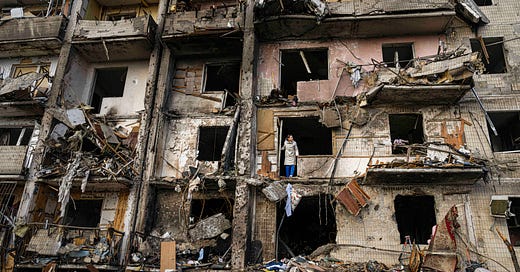



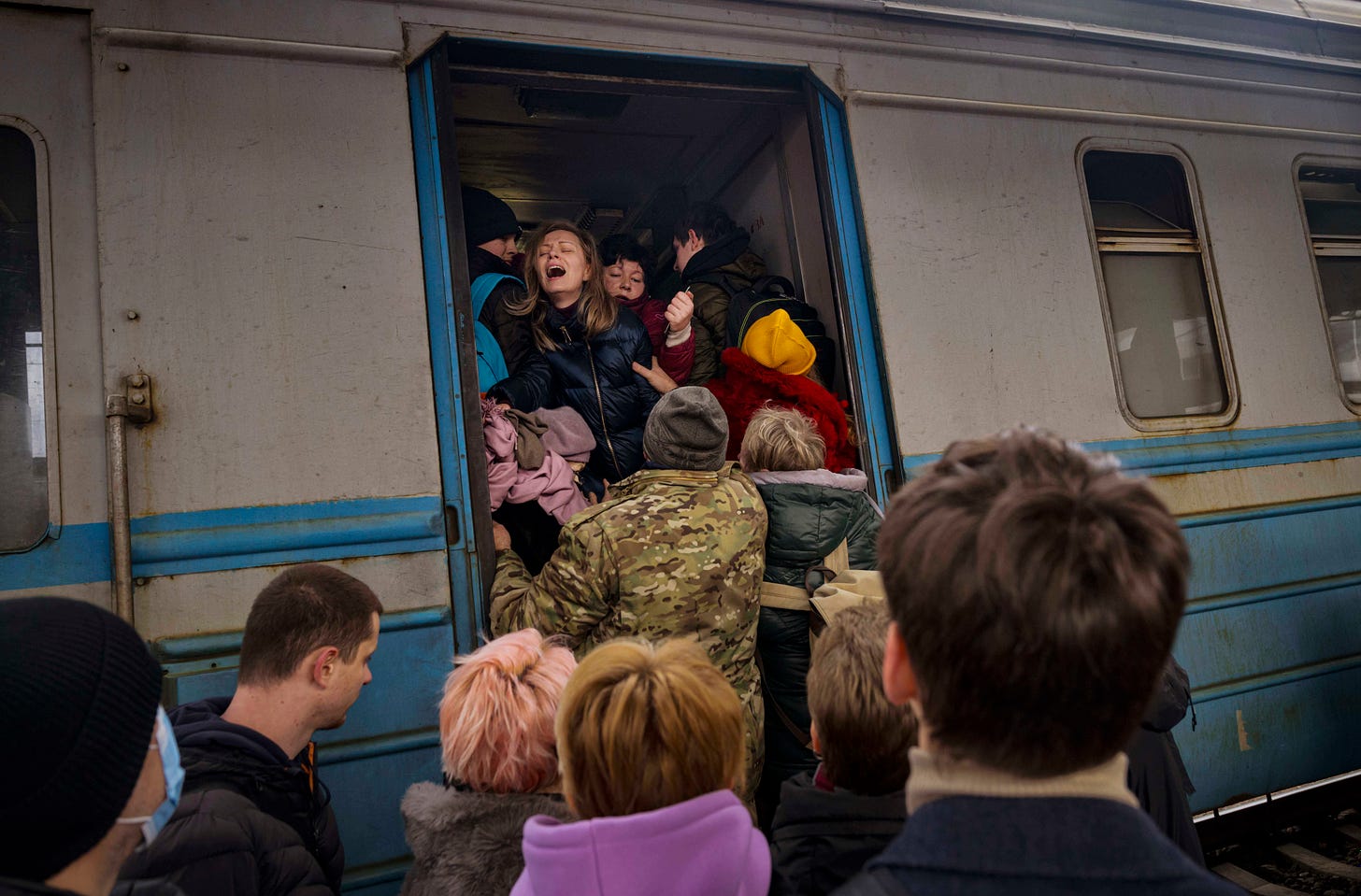
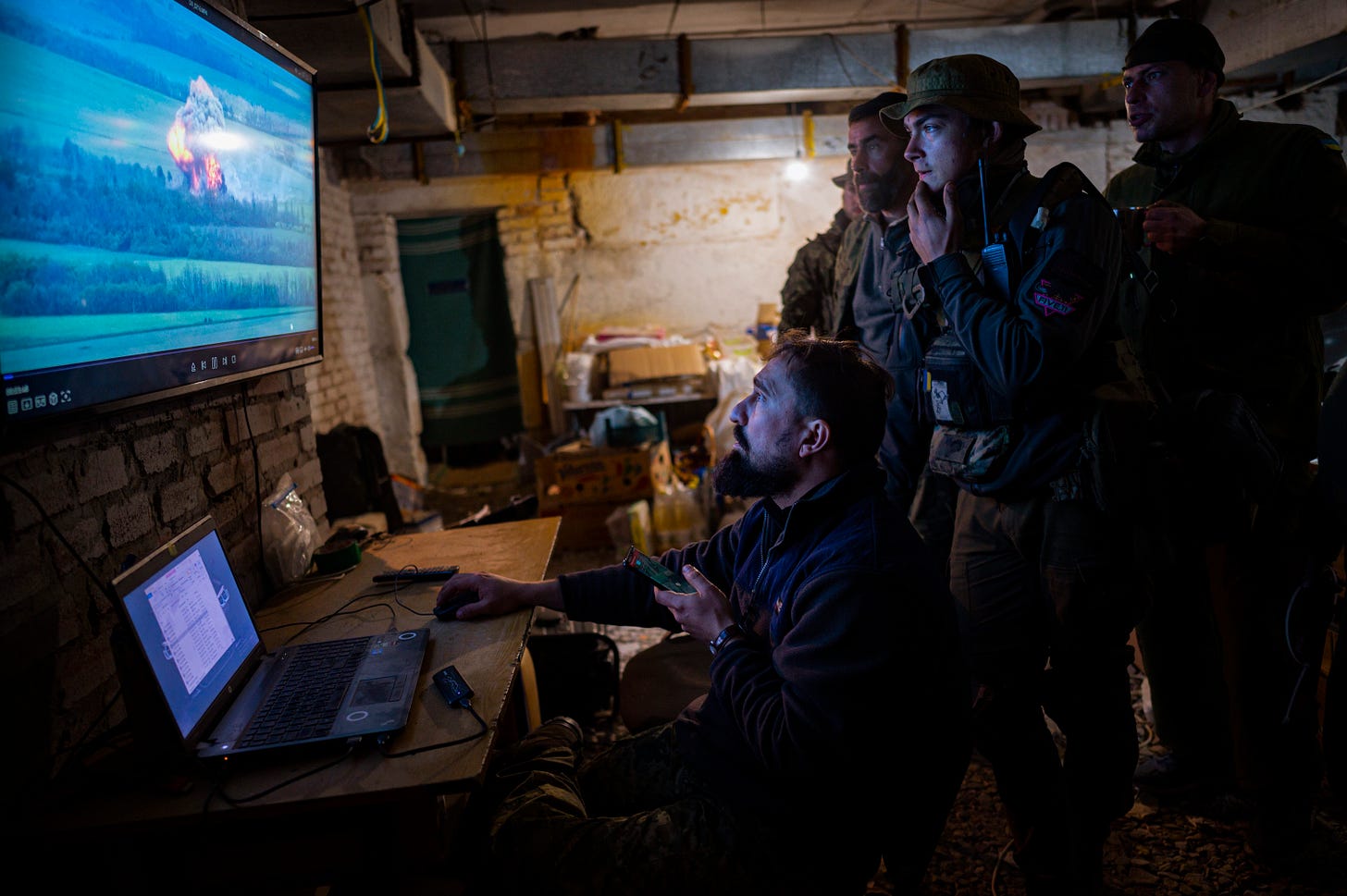


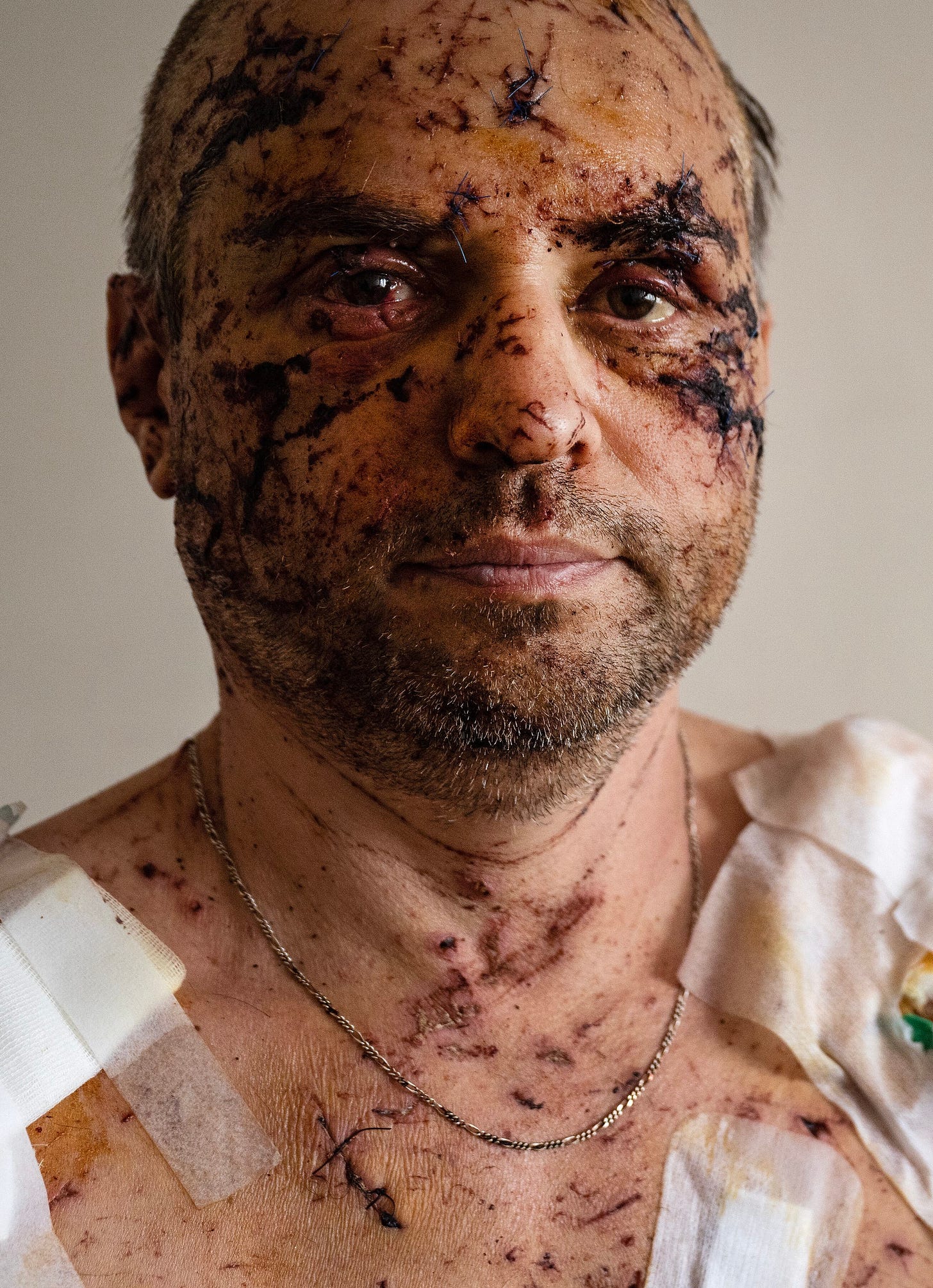

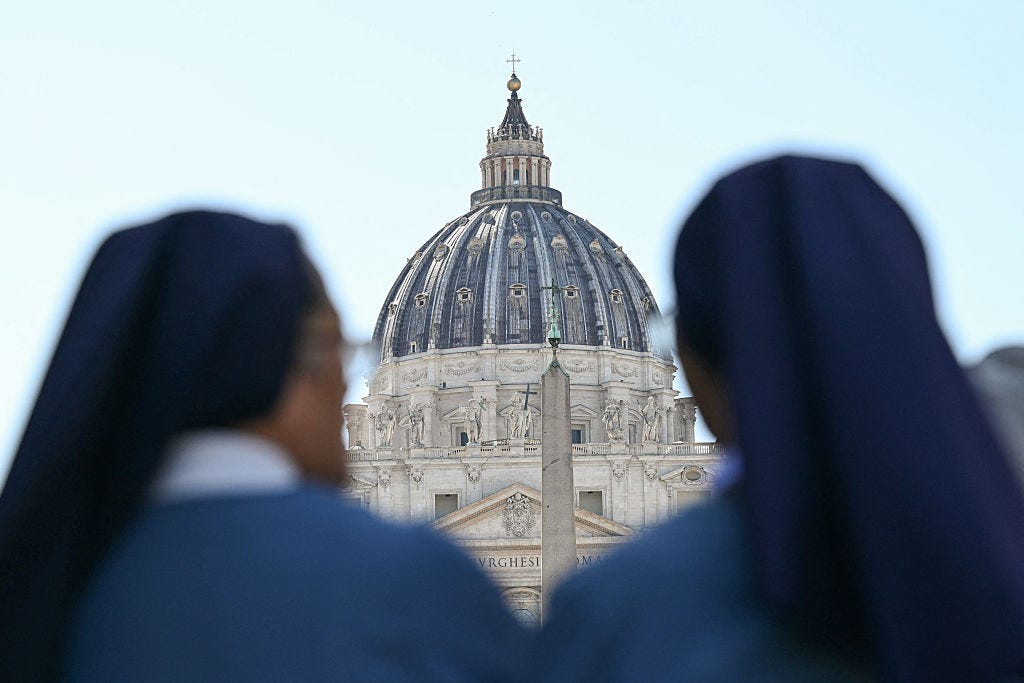

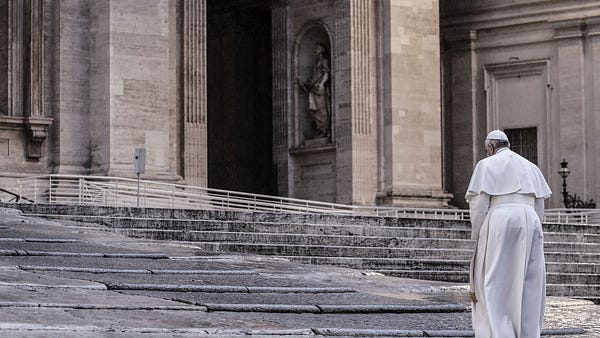

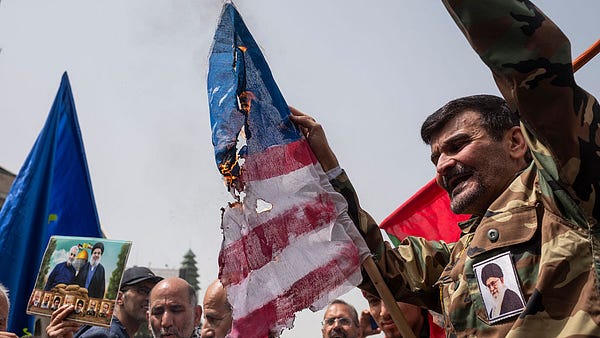

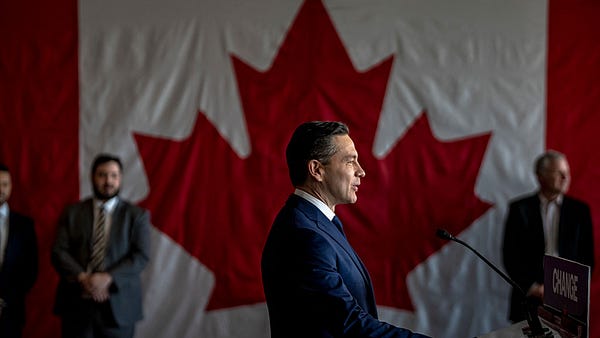

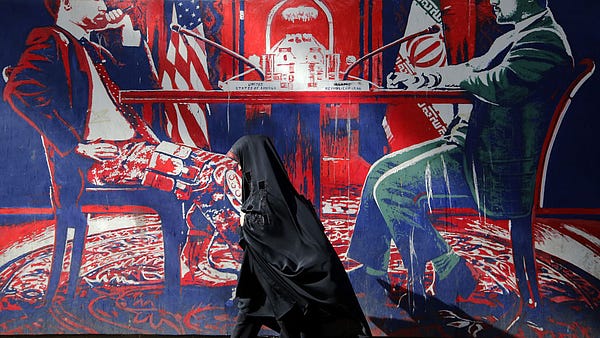

This is the story of the genocide by the Ukrainian People (Nazis) who mass murdered my family in Kiev. Still an underlying nazi country (Zelensky married to a christian) that is a failed state that funded the Biden Crime Family. https://en.wikipedia.org/wiki/Bila_Tserkva_massacre
The plight of the Ukrainian people is heartbreaking yet I don’t hear our feckless leadership even talking about peace negotiations. I don’t see where Crimea, which is mostly occupied by Russians anyway, shouldn’t be permitted to vote to return to its former disposition as part of Russia.
We simply are not in a position to finance this war. Not in any capacity. We have seriously depleted our petroleum reserves, our defensive hardware, military personnel and have via unnecessary, foolish policies made enlisting as unappealing as possible. I think the Russian leadership saw this administrations’ policies as a green light. This admin has made blunder after blunder, floundering in ineptitude and brought the West down a dangerous rabbit hole from which we are stuck.